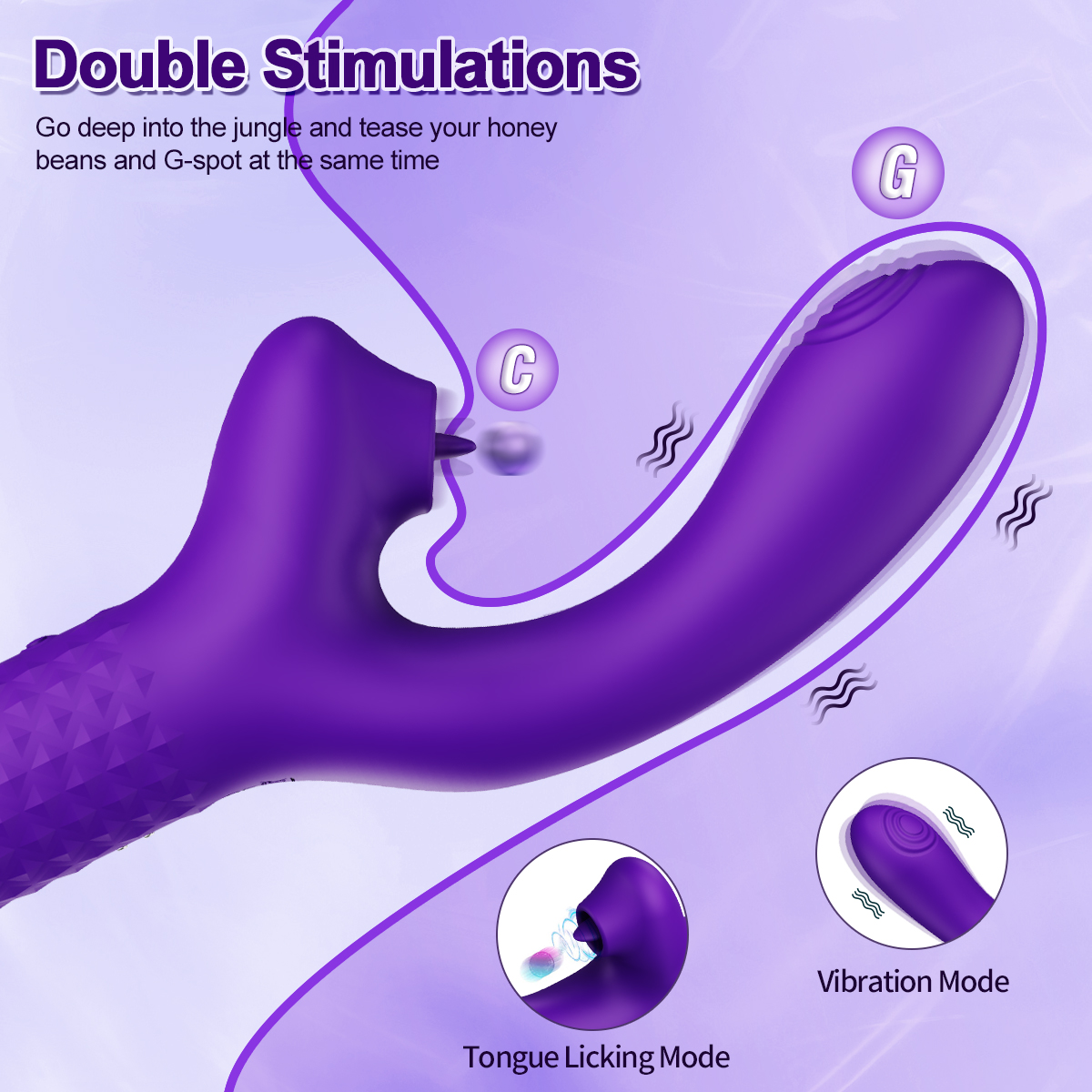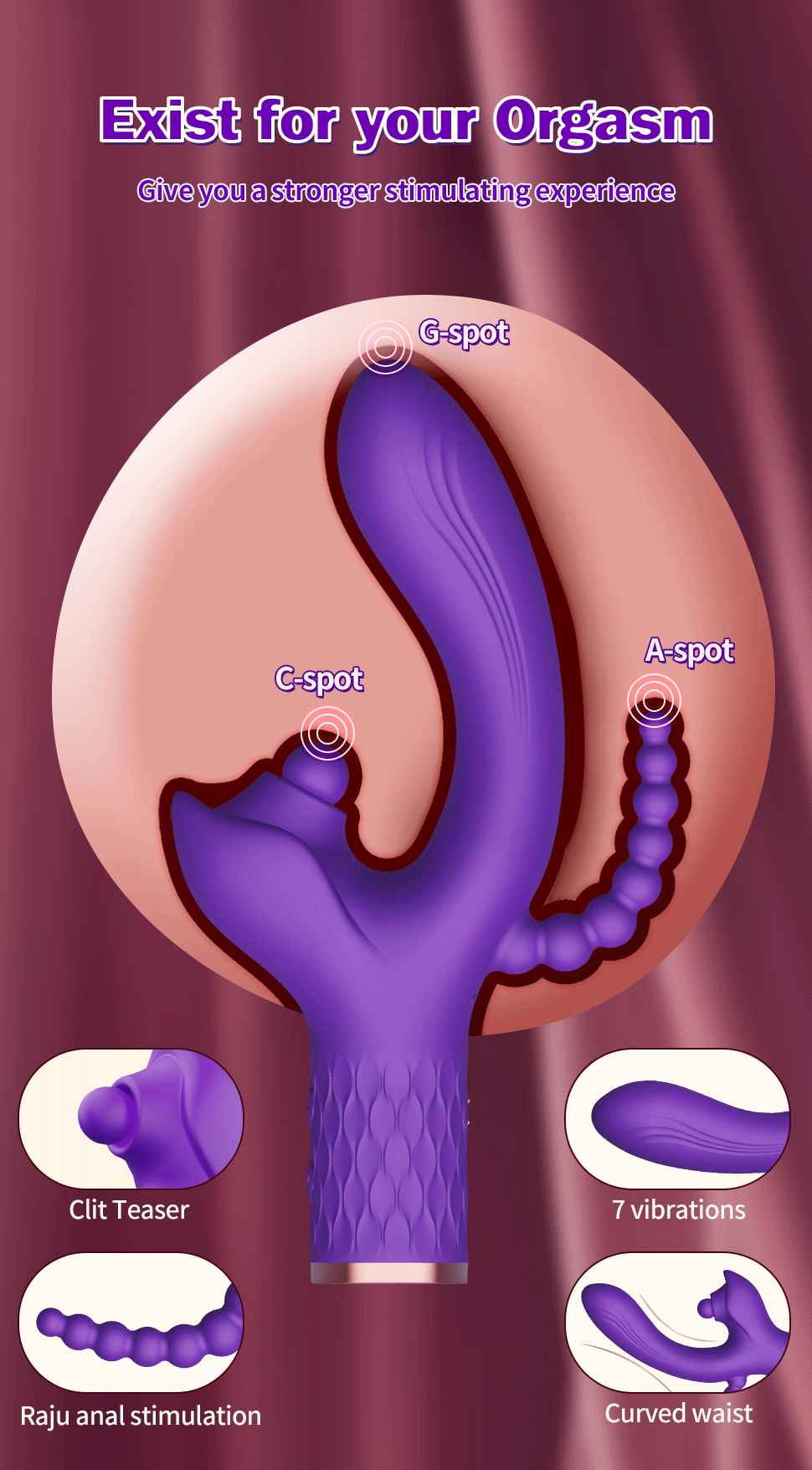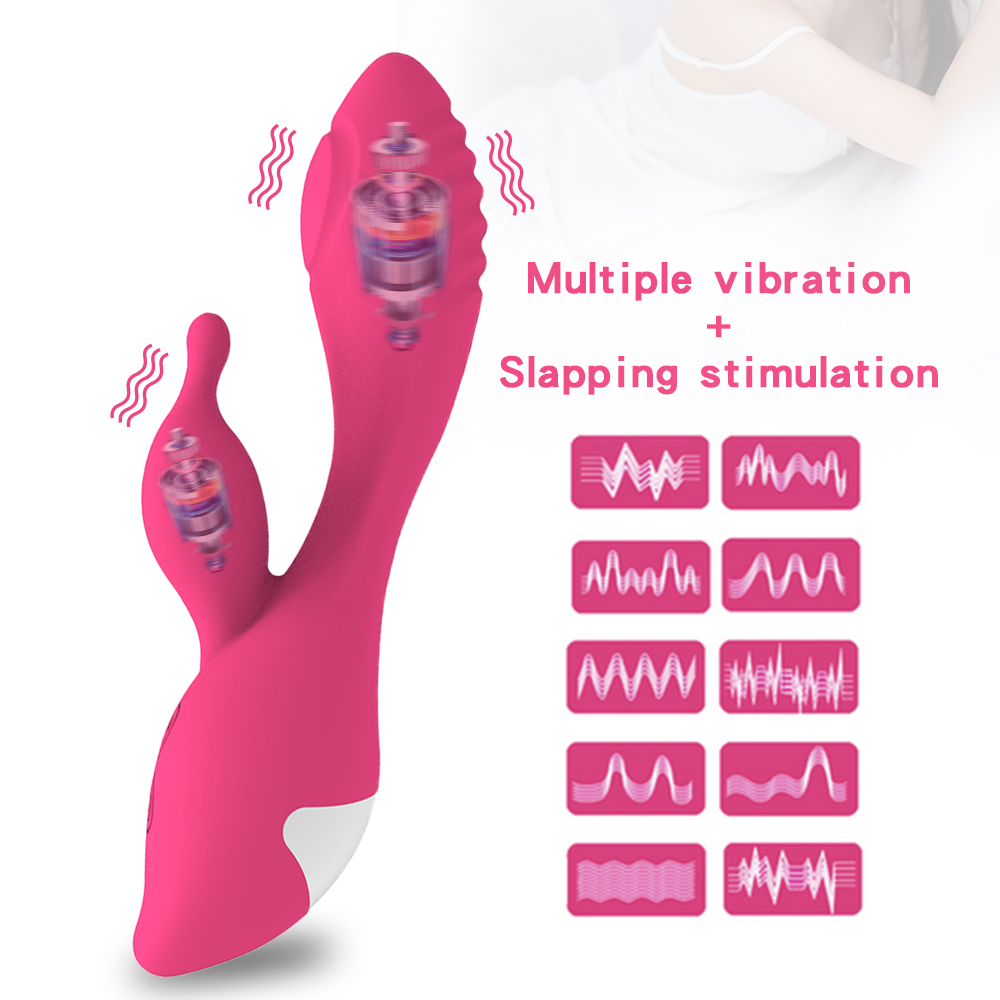News
The Silent Liberator: Vibrators and the Modern Erotic Revolution
In the long history of human sexuality, the emergence of the vibrator struck like lightning, splitting apart the moral clouds that once shrouded self-pleasure. This palm-sized electronic device is quietly yet irrevocably reshaping contemporary erotic landscapes. More than just a technological gadget, it has become a cultural symbol—embodying bodily autonomy, gender equality, and the destigmatization of desire. 

From its origins as a "hysteria treatment device" in the Victorian era to its current status as a discreet bedside companion, the evolution of the vibrator mirrors a microcosm of social change. When 19th-century doctors used mechanical vibrations to treat so-called "female disorders," they could not have imagined that this medical instrument would eventually break free from clinical discourse. By the mid-20th century, amid the sexual revolution, vibrators completed their migration from clinics to bedrooms, transforming from therapeutic tools into vehicles of pleasure. This shift reflected a deeper awakening—that pleasure need not be tied to marriage or reproduction, but could exist purely for its own sake. 

Modern vibrator culture embodies two seemingly contradictory yet complementary dimensions. On one hand, consumerism has repackaged it as a lifestyle accessory—rose gold finishes, ergonomic designs, and smartphone-controlled features downplay its erotic nature. On the other, open discussions on social media amplify its political significance, turning it into a symbol of female empowerment. This duality captures the ongoing transformation of sexual attitudes: we seek both to demystify sex as an everyday topic and to preserve its power to challenge traditional moral frameworks.
On a philosophical level, the vibrator disrupts conventional notions of pleasure. Traditional sexual scripts bind satisfaction to another person, but vibrators offer a self-sufficient alternative. This solo pleasure practice dismantles the cultural assumption that desire must be fulfilled through interpersonal interaction, establishing a material foundation for bodily autonomy. When one can fully control their own pleasure, their bargaining power in sexual relationships fundamentally shifts. 

Today, vibrators are undergoing a new wave of cultural legitimization. From candid appearances in films and TV shows to bestseller lists on e-commerce platforms, this once-taboo object is stepping out of the shadows. Its history teaches us that every innovation in erotic tools expands our understanding of human nature. In this sense, the vibrator’s hum is more than just a physical vibration—it is the resonance of liberation.






